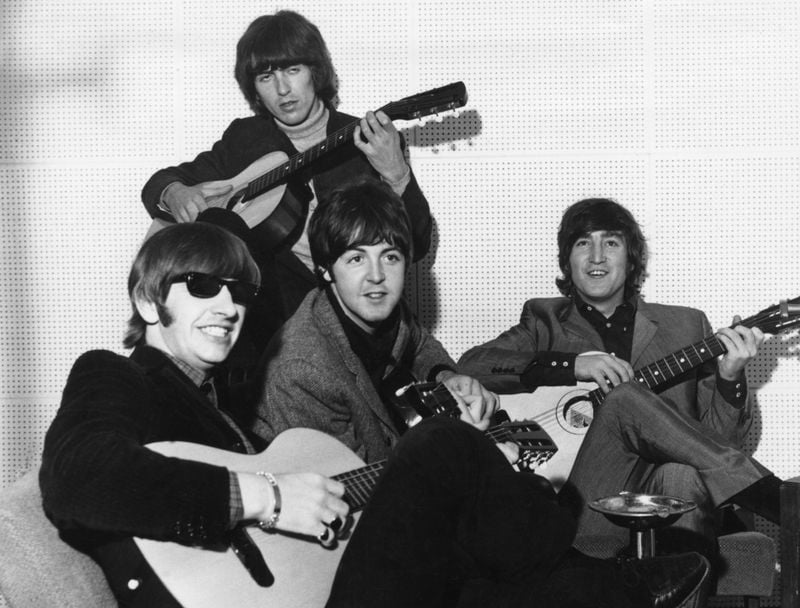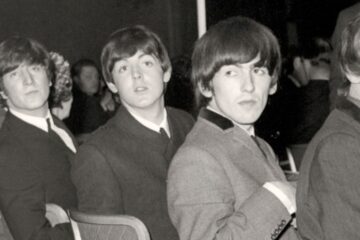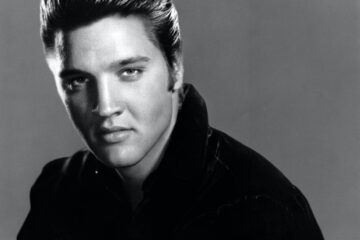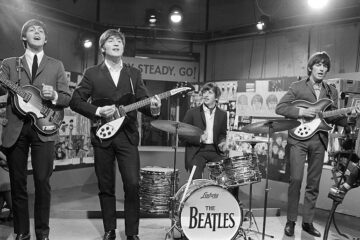By the time The Beatles released their single ‘Paperback Writer’ with their often overlooked revolutionary B-side ‘Rain’, the group’s four-year plan of attack for releasing music had come to an end. Devised by George Martin and Brian Epstein, this plan entailed four years of releasing two records and four singles every year. It coloured the early years of the Beatles during the height of the Beatlemania craze and allowed for their sustained success. However, by 1966, things began changing in drastic ways, both good and bad.
While 1966 proved to be an incredible year for the group and was a positive one – by 1967, after Epstein passed away, things started dissipating, starting with their record Sgt. Pepper’s Lonely Hearts Club Band.
However, looking at the period before this but after Beatlemania, circa 1965-1966, the group had a small golden age of innovation. These were the years that produced their seminal albums, Rubber Soul and Revolver. The influence of Indian culture and music, via George Harrison, began to play an integral part in their career. It was because of Harrison that the group used a sitar on the track, ‘Norwegian Wood’ found on Rubber Soul, which also marked Lennon’s foray into new songwriting territory.
Another aspect of this influence began to take shape in the way Lennon, McCartney and Harrison sought to write songs. Instead of the chord heavy structures of their earlier material, the three songwriters wanted to downsize by using only one chord. Examples of this are, ‘The Word’, ‘If I Needed Someone’, ‘Tomorrow Never Knows’, ‘Day Tripper’ and of course, our song in question: ‘Paperback Writer’.
“John and I would like to do songs with just one note like ‘Long Tall Sally’. We got near it in ‘The Word’,” McCartney said about this, according to The Beatles Bible.
The single was mostly written by McCartney who had the idea for the song in his mind as he was headed to Lennon’s to have a songwriting session. “The idea’s a bit different. Years ago, my Auntie Lil said to me, ‘Why do you always write songs about love all the time? Can’t you ever write about a horse or the summit conference or something interesting?’ So, I thought, ‘All right, Auntie Lil.’ And recently, we’ve not been writing all our songs about love,” Macca added during this period.
Their previous single, ‘Day Tripper’, came out 28 weeks prior and is also a prime example of the way they began writing songs at this point in time. One main riff – typically derived from one chordal structure – a simple melody that resembled a kind of chant found in Indian music, and a phrase to fit inside the chant.
“‘Paperback Writer’ is the son of ‘Day Tripper’, but it is Paul’s song. Son of ‘Day Tripper’ meaning a rock ‘n’ roll song with a guitar lick on a fuzzy, loud guitar,” Lennon said about the song.
How did The Beatles write/record ‘Paperback Writer’ and what is it about?
Prior to McCartney heading over to Lennon’s for their ritual songwriting session, he was reading that morning’s edition of the Daily Mail. Macca said that there was a story about an aspiring writer, but also adding that it wasn’t about anyone specific. It was this as well as his love for the word that found its way into the central theme of the song; “This came about because I love the word ‘paperback’,” McCartney added.
The song has a nostalgic quality to it; it harkens back to a time when a ‘can-do’ attitude dominated British society. The notion of being a ‘paperback writer’ and making ‘a million’ – as Macca says in the song – feels a little outdated.
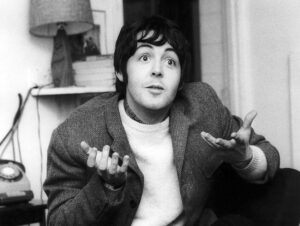
“Anyway, when we did the song, we wrote the words down like we were writing a letter. We sort of started off ‘Dear Sir or Madam’, then carried on from there. If you look at the words I think you’ll see what I mean, the way they flow like a letter,” McCartney confirmed. “But that’s it really, there’s no story behind it and it wasn’t inspired by any real-life characters.”
1966 marked a revolutionary period for The Beatles in regards to recording techniques. The B-side to ‘Paperback Writer’ was affected heavily with what is called ‘varispeed’. This is when the pitch on a track is manipulated through tempo changes. For example, the vocals on ‘Rain’ were recorded at a slightly slower tempo after which its speed was increased, making Lennon’s vocals seem higher pitched.
Another technique George Martin, Geoff Emerick and the Fab Four used in the studio was rewiring a cabinet speaker to be used as a microphone which enabled them to pick up the lower frequencies of a bass guitar. This way, they were able to create a thicker bass sound on McCartney’s bass guitar. This was done after Lennon and McCartney complained to Martin and Emerick about how the bass sound on their earlier records paled in comparison to the bass guitars on R&B and soul records.
Emerick spoke about this technique: “‘Paperback Writer’ was the first time the bass sound had been heard in all its excitement. For a start, Paul played a different bass, a Rickenbacker. Then we boosted it further by using a loudspeaker as a microphone. We positioned it directly in front of the bass speaker and the moving diaphragm of the second speaker made the electrical current.”
To avoid too much gain on the bass which could risk the stylus from jumping on playback, Emerick and Martin used the Automated Transient Overload Control, an original Abbey Road invention.
Martin also commented on what he thought about the single at the time: “‘Paperback Writer’ had a heavier sound than some earlier work – and very good vocal work, too. I think that was just the way it worked out, that the rhythm was the most important part of their make-up by this time.”
While it may seem like a simple and unsophisticated song, ‘Paperback Writer’ is deceivingly significant and a brilliant example of how subtle The Beatles’ genius often was. They brought forth a straightforward but harmonically rich song, and the magic happened in the recording studio. This approach heavily defined this golden age period for the Fab Four.
Listen to the single, below.
